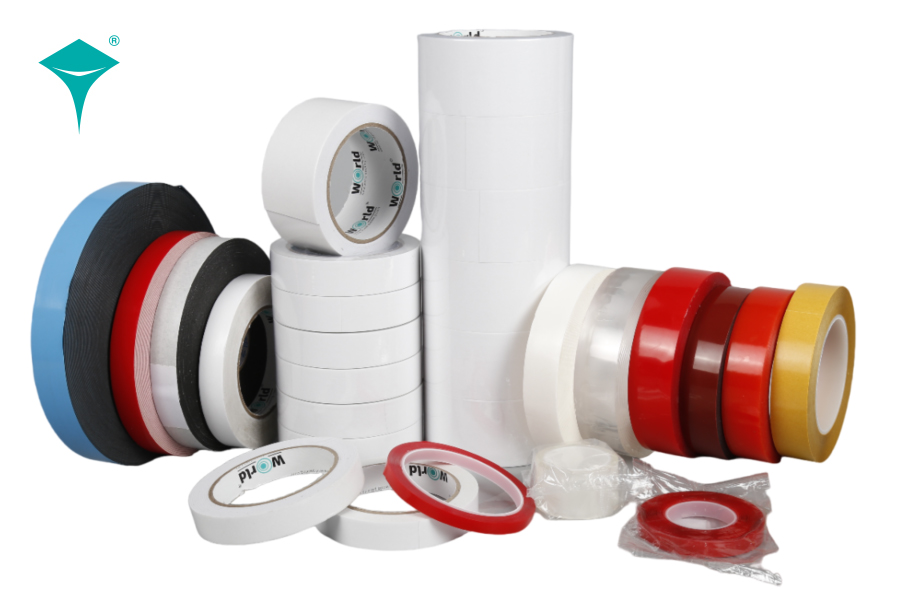
What Is Adhesive Tape?
Adhesive tape is a flexible material coated with an adhesive substance, used for sticking objects together or binding surfaces. The versatility of adhesive tapes allows them to bond a wide range of materials, including plastics, metals, paper, and fabric, making them suitable for various applications. The ease of use associated with applying adhesive tapes is typically simpler and quicker than using mechanical fasteners or liquid adhesives, reducing assembly time and labor costs. It provides surface protection by bonding surfaces without causing damage or leaving residue, thus preserving the integrity of the materials being joined. And it can offer both temporary and permanent bonding solutions, providing flexibility for different needs. Unlike liquid adhesives, adhesive tapes are mess-free and do not require mixing or cleanup, resulting in a cleaner work environment. Adhesive tapes come in various types, including masking tape, duct tape, electrical tape, and double-sided tape, each designed for specific applications. They are widely used in packaging, construction, automotive, electrical, and medical industries, among others, providing a convenient and versatile solution for joining, sealing, and mounting purposes.
What Are Adhesive Tapes Made Of?
Adhesive tapes consist of a material called a backing or carrier (paper, plastic film, cloth, foam, foil, etc.), which is coated with an adhesive and a release liner if needed. The adhesive-coated backing or carrier is then wound up to form a long jumbo roll of tape. The jumbo roll is then slit into narrow width bands to produce several rolls of tape. Each roll and its composition are unique and can be tailored to specific applications for a wide variety of bonding solutions.
What Types Of Adhesives Are Used For Tapes?
Selecting the right adhesive for your project requires a good understanding of the application and backing or carrier being used.
- Acrylic adhesives: Offer excellent environmental resistance and faster setting time compared to other adhesives.
- Epoxy resins: Known for high strength, low shrinkage during curing, toughness, and resistance to chemical and environmental damage.
- Rubber-based adhesives: Provide highly flexible bonds, typically based on compounds like butadiene-styrene, butyl, polyisobutylene, or nitrile.
- Silicone adhesives and sealants: Feature high flexibility and resistance to very high temperatures.
- Polyurethane and Isocyanate adhesives: Offer enhanced flexibility, impact resistance, and durability.

